Race Street Pier, by James Corner Field Operations, in Philadelphia, Pa., USA. “Pier” (as per Merriam-Webster Dictionary) means “A structure (as a breakwater) extending into navigable water for use as a landing place or promenade or to protect or form a harbor”. Well, it appears that thanks to Field Operations’ design, “pier” also means an exciting and vivid public space! Race Street Pier is part of an ambitious plan regarding the Central Delaware River in Philadelphia, Pa. The organization responsible for the development of the area is Delaware River Waterfront (DRWC).
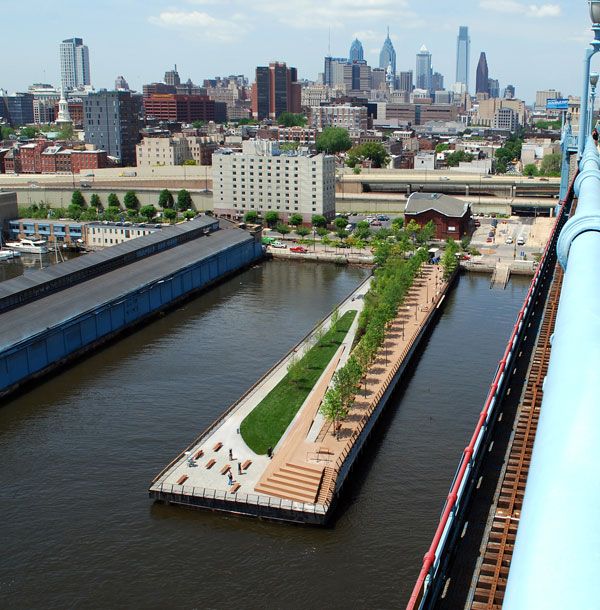
Aerial view from Ben Franklin bridge, looking West. Image credit: James Corner Field Operations
Race Street Pier
The original Race Street Pier began construction in 1896, with a large two-level building. The building’s lower level was used for shipping and the upper level for recreation. This double function continues in the physical design of the new pier, which is also split into two levels. There is the sky promenade on the higher level, and a lower level for passive recreation and social gathering. The seating terrace that wraps around the end of the pier links the two areas.
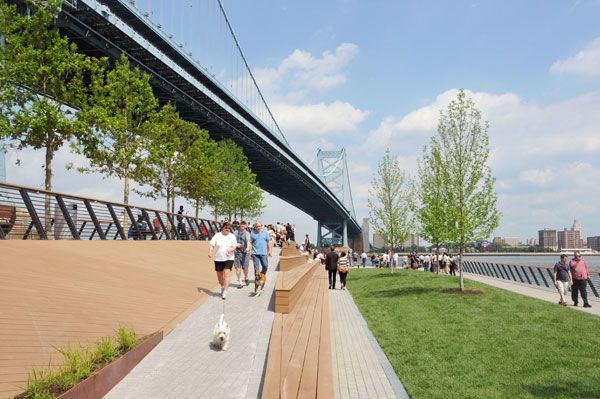
Looking to the end of the pier along the ramp, which connects the upper and lower levels of the Race Street Pier. Image Credit: Edward Savaria Jr and Suzanne Savaria
The pier’s shape is rectangular — the platform is 80 feet wide and 540 feet long. A new topography has been developed on the surface in order to create individual places/spots. These include the Sky Promenade, the Bay Walk, the Sun Lawn, the Bridge Allee, and the River Lookout, among others spaces that create diversity and offer a variety of experiences for visitors.
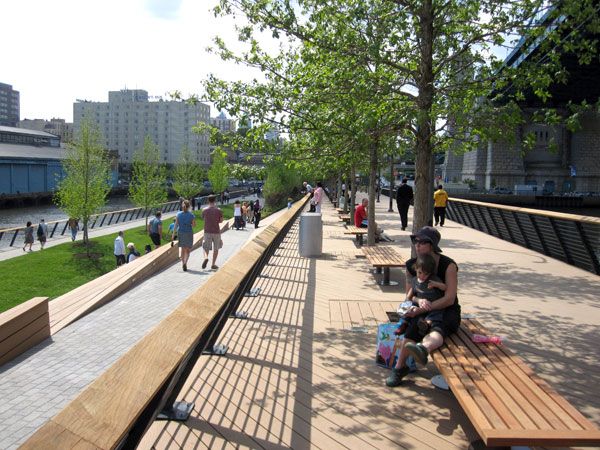
View of the Sky Promenade facing West – the decking is made of Trex, a sustainable synthetic material made of reclaimed plastic and wood. Image credit: James Corner Field Operations
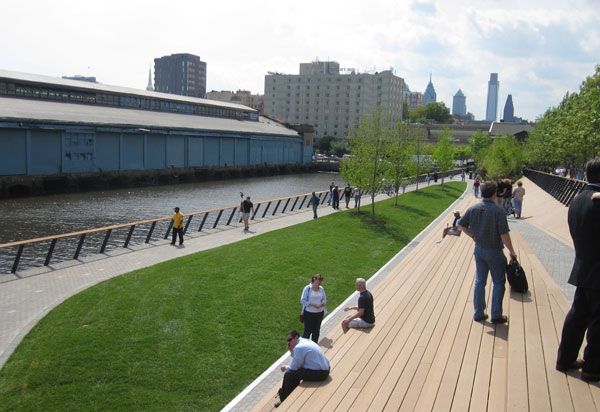
The Seating terrace and Sun Lawn provide ample spots for gathering, people watching and other leisure activities. Image credit: James Corner Field Operations
The Sky Promenade has a mild inclination and reaches 12 feet above the original entry level to the pier. The elevated surface reveals a new perspective on the surroundings. The new topography creates a smooth transition in relevance to the adjacent Benjamin Franklin Bridge. The Sky Promenade is a pleasant walk toward the River Lookout. The route to the edge gives the sense of arriving in the space of the river through a forced, one-point perspective and allowing for rare views back to the city.
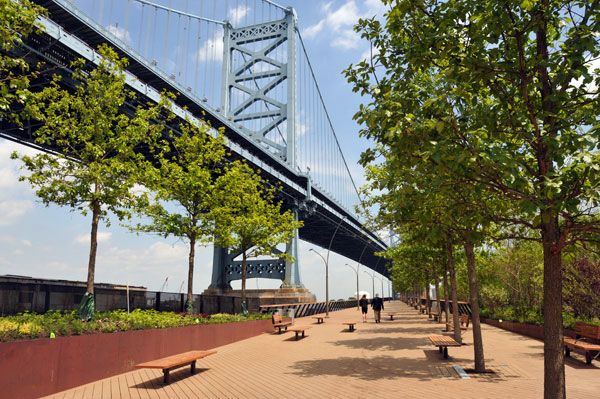
The Bridge Allee is comprised of 25 large Swamp White Oak trees. This line of trees reinforces the slice of the pier into two levels. Image Credit: Edward Savaria Jr and Suzanne Savaria
A large area planted with multi-stemmed red maple (
Acer rubrum), river birch (
Betula nigra), serviceberry (
Amelanchier spp.), and perennials welcomes the visitor to the pier’s lower level. A variety of grasses and perennials have been planted in weathered steel planters along the linear landscape. The plants offer diversity, adding texture and seasonal interest. There is a large lawn surface almost at the edge of the pier for visitors to enjoy. This large green space accommodates numerous leisure activities. Clusters of Sweet gum trees (
Liquidambar styraciflua) create shaded areas on the lawn. Long rows of Swamp White Oak
(Quercus bicolor) add intensity to the linearity of the landscape.
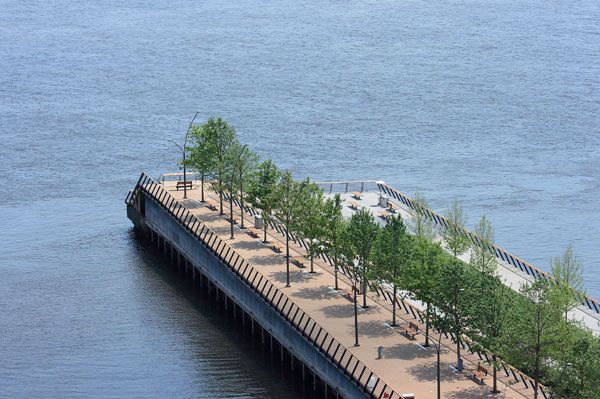
Aerial view from the Benjamin Franklin Bridge, looking East. Image credit: Christian Carollo
The Sky Promenade has been paved with the innovative material TREX. It is a sustainable, synthetic decking material, made of reclaimed plastic and wood.
Creating Land Where There Was None There are two things that I find particularly fascinating about this project. First, Field Operations had the chance to create land in order to produce landscape. This approach is revolutionary and sheds a new light on how landscape design could be perceived from now on. This is part of a wider tendency, including projects such as the
London Garden Bridge and
Pier 1 in New York.
Related Articles:
The creating of a surface, where there isn’t any, seems like a possible answer to the general demand for more open, green spaces in the city. However, one cannot help but consider the cost, both for construction and maintenance, as well as the environmental impact of such projects.
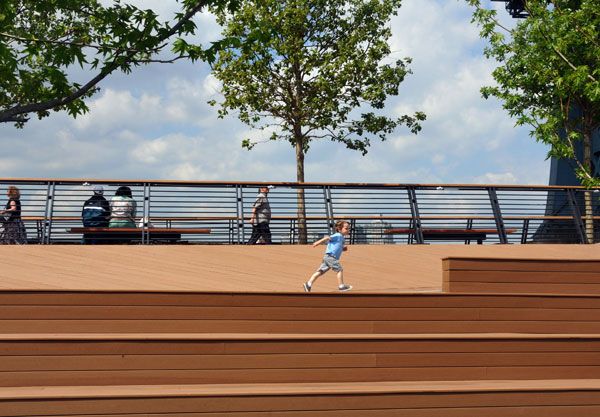
A child runs along the ramp that connects the Seating Terrace, with the Skywalk Promenade. Image Credit: Edward Savaria Jr and Suzanne Savaria
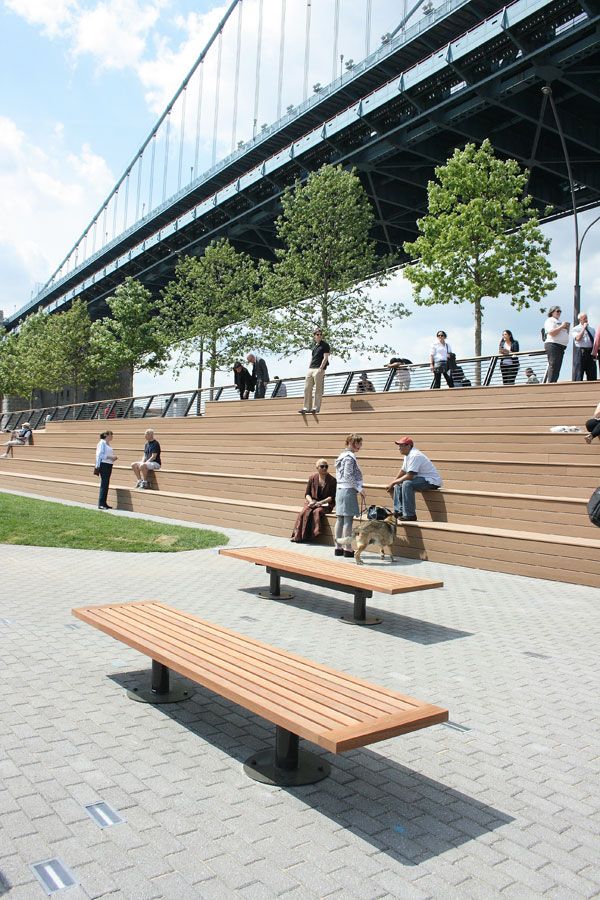
The Seating Terraces link the upper and lower levels of the Race Street Pier, and provide ample space for viewing, gathering and contemplation. Image credit: James Corner Field Operations
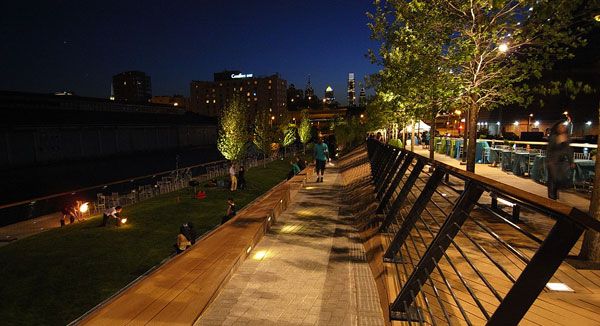
Evening view toward the Philadelphia skyline along the Ramp, which traverses the slice and connects the upper and lower levels of the Race Street Pier. Image credit: James Corner Field Operations
What is also very intriguing about Race Street Pier is that, like many contemporary public spaces, this place is being managed. Management does not refer to the pier maintenance, but to the space’s identity. There are being held a number of events such as yoga classes, festivals, and so on. This diversity of cultural activity keeps the place alive and full of people. This is also an important feature that should be considered as a parameter in design and landscape construction.
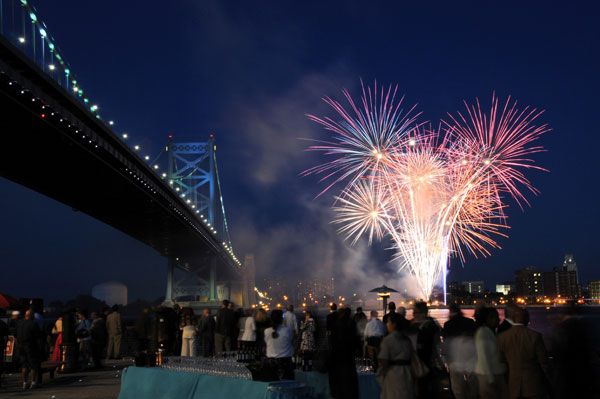
Evening event on the Race Street Pier with Fireworks celebration. Image Credit: Edward Savaria Jr and Suzanne Savaria
On the other hand, when reaching an extreme degree, it would not allow for any spontaneous activities and events to happen, and thus it could deprive the city of what makes it an exciting place to be. Creating a landscape by taking into consideration all of the existing elements and limitations is a demanding task. All professionals are aware of that. Creating a landscape from point zero where there is practically nothing to work with seems to be equally difficult and very fascinating.
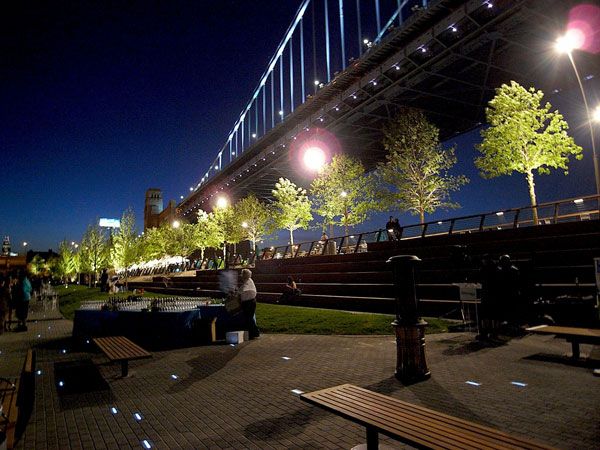
At night, 200 Solar LED lights embedded into the paving enhance the spectacular setting under the Benjamin Franklin Bridge. Image credit: James Corner Field Operations
Race Street Pier
Landscape Architecture: James Corner Field OperationsDesign Team: James Corner, Lisa Switkin, Jayyun Jung, Yoshi Harada, Kimberly Cooper
Client: Delaware River Waterfront Corp.
Consultants: Langan Engineering, CHPlanning, VJ Associates
Location: Philadelphia, Pa., USA
Size: 1 Acre
Budget: $5 million
Planning: 2009-2010
Construction: 2011
Show on Google Maps
Recommended Reading:
Article by Eleni Tsirintani
Return to Homepage
Published in Blog












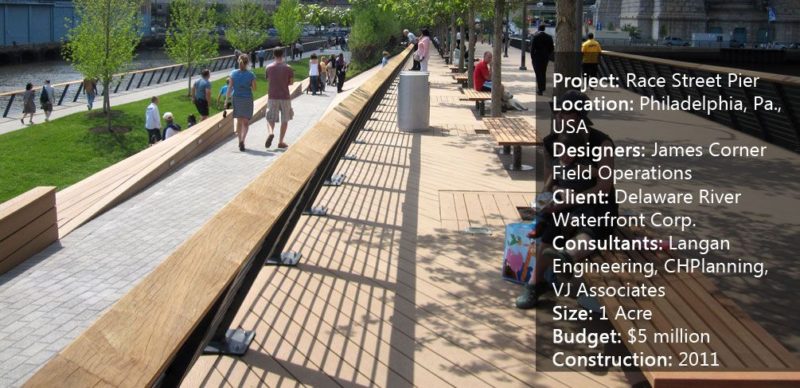

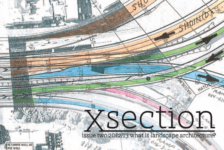

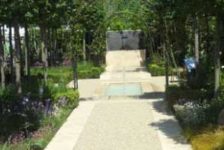
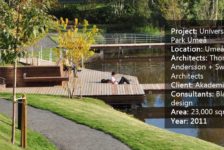
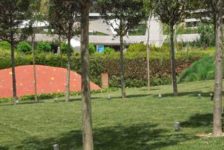
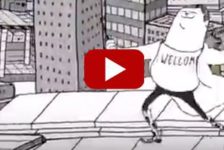

Pingback: Weekly Roundup (May 21) - IOTA Designer Planters